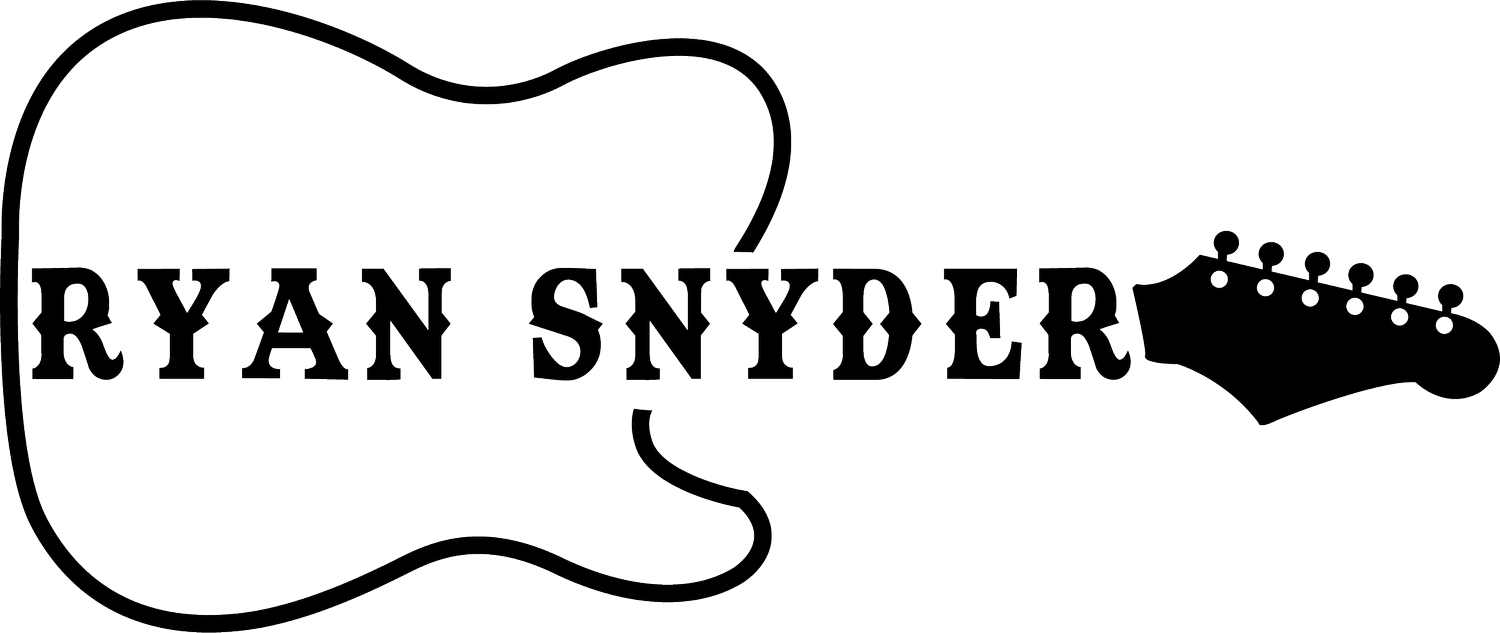Not Recording A Cover of Your Favorite Song is Hurting Your Growth
Originally posted on May 21, 2018 on the S&R blog.
That is a bold statement but I believe it to be true. Recently, I recorded a cover of a Jason Aldean’s My Kinda Party. I thought I knew all of the song’s nuisances but after I finished the final product and compared it to the original, I was completely off!
Not only was the version I recorded in the wrong key (the main reason I stopped using tabs), but the tempo was too slow, the signature lick was slightly off and I completely missed the subtle guitar lick in the second verse.
Annoyed, I went to bed. I woke up the next day determined to fix the track so it sounds like on the record. Ultimately I had to delete the project and start from scratch.
When I was finished, I had a much better sounding product – a closer replica to the Aldean record. It was a tedious task but I walked away proud of my accomplishment and felt like a better musician because I became a better musician for doing so. Here is what I learned in the process.
Figuring Out Song Tempo
The tempo is the lifeblood of a song. It gives the song feel, emotion and dictates what licks of the song are kosher and which ones are not. Take the two versions of Eric Clapton’s hit song Layla. The two have completely different tempos and with that, two completely different solos, two different ways to sing and two different sets of useable guitar licks. Heck, even the songs main riff differs.
You simply can’t say Eric Clapton’s Layla’s bpm is xxx – because there are multiple versions. For the original Derek and The Dominos version, the bpm sits in around 116 while Eric’s 1992 unplugged version is at 94 bpm – quite a big difference in feel! Figuring it out yourself – or even better – creating your own version of the song is the best way to dive in a song’s DNA. When you record your own version of a hit song, you use your internal instinct of what the song’s tempo should be and then craft the song around the feel. Recording a cover of your favorite song will help you gel with the song more.
Ear Training
In order to record your favorite song, you have to learn it. And there is simply no better way to learn a song than by learning it by ear! You’ll be forced to really dig into the details and complex rhythm patterns.
You may find that once you record yourself playing, that your version doesn’t sound like the original. First off, thats ok, its your version and can sound however you want it to sound. But if you do want your version to sound like the original, you’ll be forced to use your ears to fine tune the song to your liking which will flex your ears and help you develop better learn-by-listening skills. Win-win!
Learning Song Structure
This one goes hand-in-hand with ear training. By recording a cover, you are forced to learn the song structure. Turns out the signature lick is played 4 times during the intro but only twice after the chorus. Who knew!? But learning the little differences such as palm muting during the second verse and open chords during the third really ties the song together nicely and helps you become a better musician.
Playing To A Click
If you don’t already practice with a metronome, now is the time to start. Not tomorrow or next week. Today! You may think you have internalized the songs tempo perfectly, but once you play to a metronome set at the correct BPM, you will likely find that you were either too fast or too slow without one. It’s not that you don’t know the song, but you have nothing to compare your tempo too… and let’s be honest if you tell me that you don’t want to speed up as fast as you can during the build up to the Free Bird solo, I’d know you were lying.
So practice with a metronome and be sure to turn on the click when you record. Your music will sound crisper and tighter resulting in a better overall product and you learn a new skill set.
I hope your next recording session is a cover of your favorite song. By implementing these tips, you’ll see much improvement to your playing. Let us know below what song you plan on recording next.
Until next time, let the music play!
